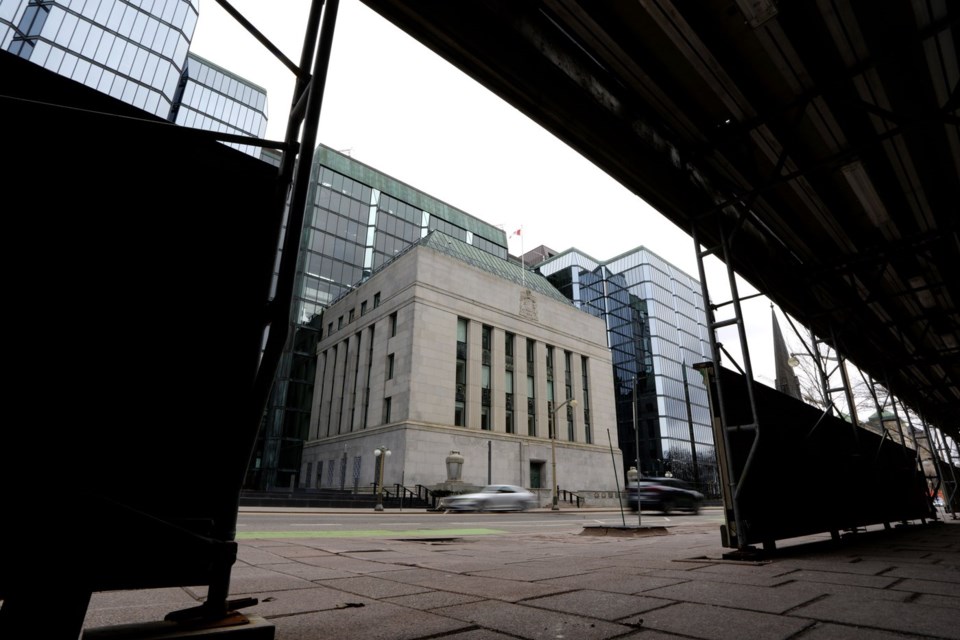Ottawa — The Bank of Canada has lowered its key interest rate by 0.25 percentage points to 2.25%, marking its second consecutive rate cut this year. The move comes as Canada continues to grapple with economic challenges stemming from ongoing U.S. trade tensions and tariff-related disruptions.
Governor Tiff Macklem said the central bank believes the current policy rate is now “about the right level” to balance inflation control and economic support. Inflation remains near the bank’s 2% target, though the economy shows signs of weakening, particularly in export-driven sectors hit by U.S. tariffs.
“The pressures pushing inflation higher, such as costs linked to tariffs, will be largely offset by a weaker economy going forward,” Macklem said.
According to the Bank’s new projections, Canada’s GDP is expected to grow by just 0.5% this quarter and 1% in the fourth quarter, with modest growth averaging 1.4% over the next two years. The bank also warned that trade disruptions could permanently shrink Canada’s economy by about 1.5% by the end of 2026 compared to pre-tariff forecasts.
The decision follows months of economic uncertainty triggered by U.S. President Donald Trump’s recent suspension of trade talks with Canada and threats of additional tariffs on Canadian goods.
Economists say the rate cut was widely anticipated. CIBC’s Andrew Grantham noted that the Bank may now pause further cuts to monitor economic data and the upcoming federal budget on November 4. However, Capital Economics’ Stephen Brown predicts rates could fall further to 1.75% in 2026 if growth weakens and inflation continues to decline.
Macklem concluded by emphasizing the need for flexibility amid unpredictable trade policies:
“The range of possible outcomes is wider than usual — we need to be humble about our forecast. If the outlook changes, we are prepared to respond.”


